How to Make a Quick Toast or Introduce a Keynote Without Losing the Room (Or Your Mind)
By Louisa Cohen, GM of The Permanent
Photo Credit: The Apartment Photo
As the General Manager of The Permanent, I’ve introduced my fair share of speakers, raised a glass more times than I can count, and even found myself unexpectedly asked to say “a few words” with exactly four seconds’ notice.
Growing up as a kid who loved to perform, I've always had a knack for connecting with an audience—but that doesn’t mean I haven’t flubbed a line, rambled too long, or fumbled my cue cards. The truth is: delivering a quick, heartfelt toast or a concise intro to a keynote is an art—and like any art form, it gets better with intention, empathy, and maybe a little rehearsal in the mirror while your dog looks on judgmentally.
So, if you find yourself about to step up to the mic and say a few words at a wedding, conference, fundraiser, or launch party, here are a few tips that might help:
1. Know Your Audience (and Read the Room)
This one’s big. Whether it's a room full of policy wonks, newlyweds and their extended families, or foodies who've just been handed a canapé—what works for one crowd might bomb with another. Empathy is your secret weapon here. Ask yourself: what matters to this group? What tone are they already setting? Can I meet them there and gently guide them into the next part of the evening?
2. Be Yourself (Unless You're a Jerk)
The best toasts don’t sound like someone reading a teleprompter—they sound like a human being. You don’t have to be polished, profound, or perfect. Be honest. Be gracious.
3. Thank the Right People
Start strong by thanking the hosts, organizers, and—if it’s relevant—the person you're introducing. People remember when you’re thoughtful with gratitude, and it signals that you're aware you're standing on a foundation others helped build. Just don’t go into Oscar-acceptance-mode and thank your seventh grade gym teacher.
4. Keep It Tight
A good toast or intro is like a great cocktail: short, balanced, and leaves you wanting more. Aim for 1–2 minutes. If it has to be longer, earn the audience’s attention by being intentional. Rambling rarely reads as charming—it just reads as long.
5. Use Pacing and Pauses Like a Pro
Theatre taught me this: silence is powerful. Don’t rush. Breathe. A well-placed pause draws your audience in and gives weight to your words. Let the laughs land. Let the thank-yous land. Let you land.
6. Make Eye Contact (but Not in a Creepy Way)
Scan the room gently. Smile. Let people feel like you’re speaking with them, not at them. If you’re nervous, find a few friendly faces and rotate your attention between them—it’ll steady you.
7. Wrap It with Warmth (or a Laugh)
End on a note of optimism, celebration, or humor. A small joke or shared sentiment that brings people together is gold. And if you raise a glass, raise your energy too. People mirror what you give.
Final Thought:
You don’t need to be a professional speaker to give a meaningful toast—you just need to be present, a little prepared, and open-hearted. And if all else fails? Speak from the gut, smile like you mean it, and always double-check that your mic is on.
Cheers ,
Louisa Cohen General Manager, The Permanent
(Recovering theatre kid, professional microphone wrangler, occasional speech panicker, and people person)

